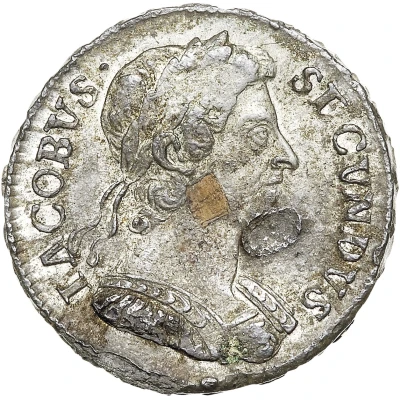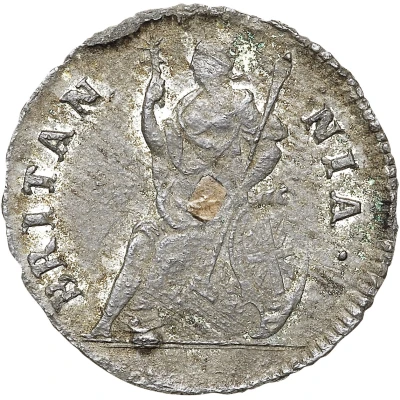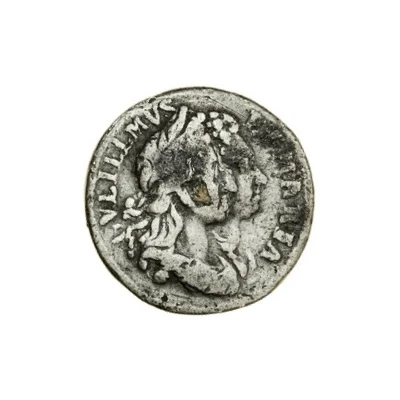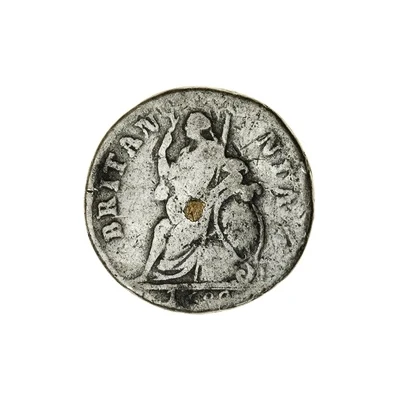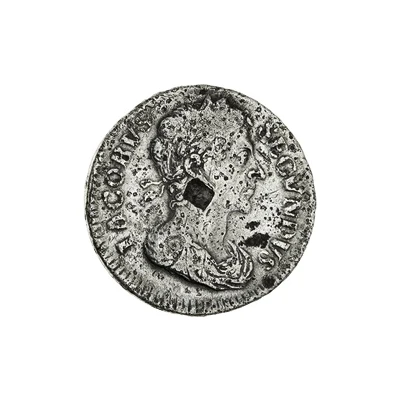
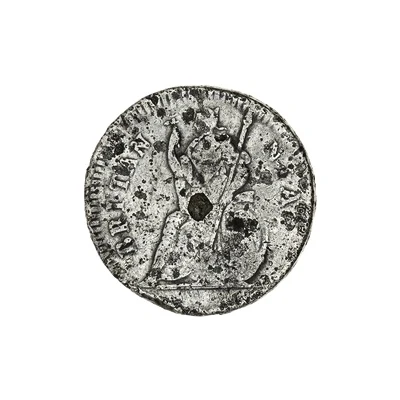

© Spink and Son
1 Farthing - James II 2nd type
1687 year| Bimetallic: copper centre in tin ring (copper plug) | 5.7 g | 23.5 mm |
| Issuer | England (United Kingdom, British Overseas Territories and Crown Dependencies) |
|---|---|
| King | James II (1685-1688) |
| Type | Standard circulation coin |
| Year | 1687 |
| Value | 1 Farthing (1⁄960) |
| Currency | Pound sterling (1158-1970) |
| Composition | Bimetallic: copper centre in tin ring (copper plug) |
| Weight | 5.7 g |
| Diameter | 23.5 mm |
| Shape | Round |
| Technique | Milled |
| Orientation | Coin alignment ↑↓ |
| Demonetized | 31 December 1869 |
| Updated | 2024-10-09 |
| Numista | N#160028 |
|---|---|
| Rarity index | 97% |
Reverse
Seated figure of Britannia facing left, holding spear in left hand, olive branch in right, shield with Union flag resting at left, legend around.
Script: Latin
Lettering: BRITAN NIA
Edge
Incuse date
Lettering: 1687
Comment
The original standard weight for these pieces was 80 to the pound avoirdupois (1/5 ounce or 87.5 grains each).Following is an excerpt from the Department of Special Collections at the University of Notre Dame Libraries:
"James II (1685-1688) started the production of a plugged tin halfpenny in 1685 and continued production through 1687. During his reign the warrant to mint tin coins was renewed by Duncome, Hoare and Neale on March 11, 1686. A few tin farthings were minted in 1684 with larger quantities produced in 1685-1687. Tin was a much less expensive metal than copper so that the intrinsic value of these coins was far lower. This yielded higher minting profits for the king, but the low intrinsic value turned public opinion against the coins. In order to make these tin coins more acceptable James returned to the heavier weight of 40 halfpence to the pound, producing an average weight of 175 grains per halfpenny. As tin was cheap and readily assessable, a number of counterfeit halfpence appeared in circulation. James used a bust left for his gold and silver coins but like Charles used the opposite profile on his halfpence and farthings, which displayed a bust right."
Interesting fact
One interesting fact about the 1 Farthing - James II (2nd type) 1687 coin is that it was one of the first coins to feature a bi-metallic design, with a copper center surrounded by a tin ring. This unique design was a result of the need to reduce the cost of production, as copper was becoming increasingly expensive at the time. The use of tin, a less expensive metal, allowed the mint to maintain the coin's value while still producing a durable and visually appealing coin. This innovative design became a standard feature of British coinage for centuries to come.
